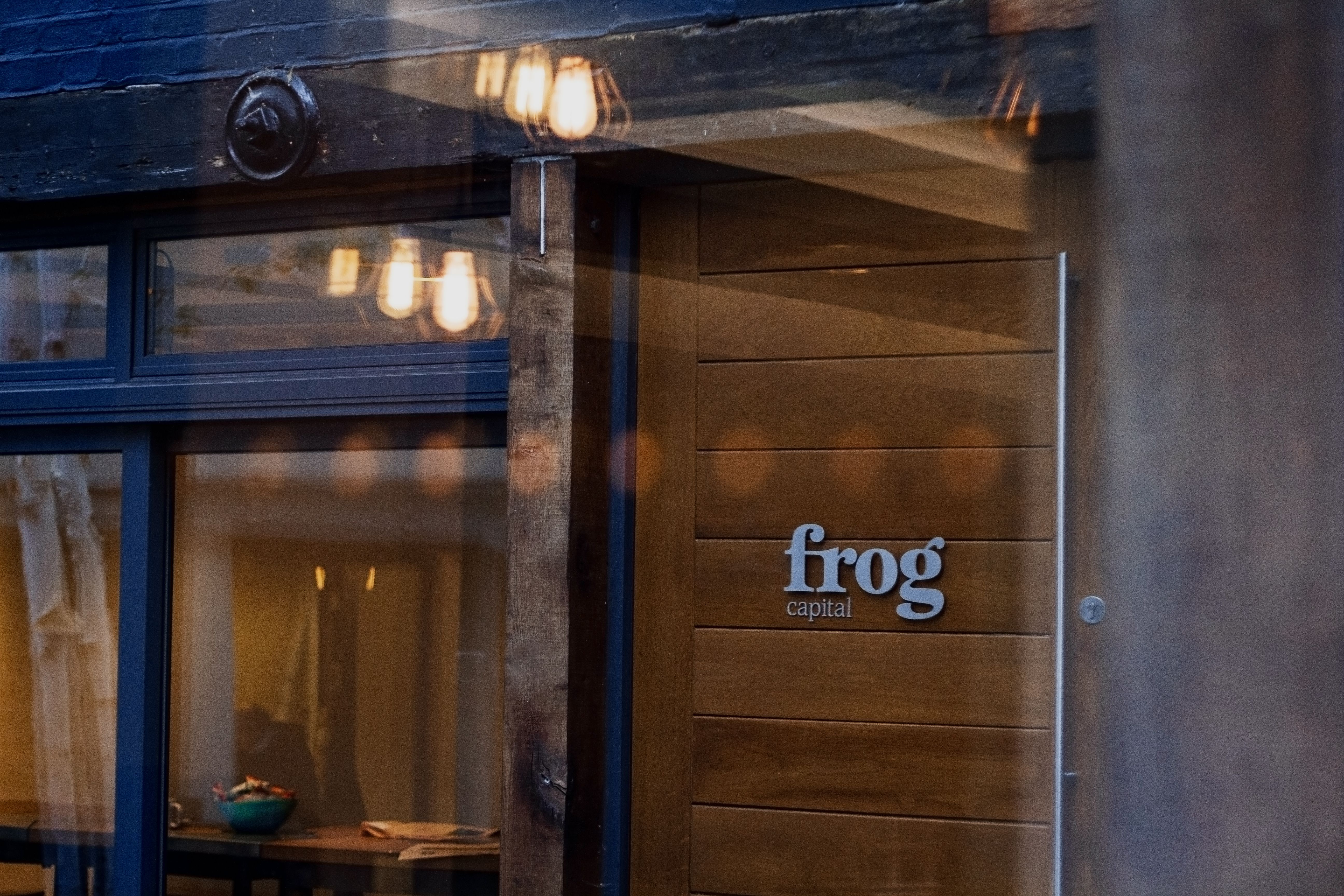Traditional online marketplaces have delivered some great success stories for their teams and VC investors. Nonetheless, the model has shown its limitations, particularly when it’s applied to certain categories with high-value items such as luxury and real estate. In light of that, the managed marketplace model has emerged over the last five years or so and its proliferation has started to attract attention and capital from VC investors globally. In the US over the summer, Reverb, The RealReal, and Rebagg raised more than $80m in aggregate. Europe is also producing noteworthy companies in selected verticals, for example in the luxury watch space with Watchfinder and Watchmaster, and in fashion with France’s Vestiaire Collective and Germany’s Rebelle.
This is a fast-evolving segment of the online retail sector. The new generation of specialist managed marketplaces are slicker, more professional, and from a customer point of view, far less risky than the horizontal online marketplace such as Ebay and Craigslist (both founded in 1995), Etsy (2005), and their peers.
The managed service element these sites offer can take a variety of forms. From buying and holding stock – as Opendoor does with property, Rebagg with luxury bags and MPB.com with high-end photographic and videography equipment – to a consignment model. This managed approach provides for robust quality control, authentication of goods and curation of the products on offer. What all these sites share is a strategy to solve their customers’ problems. The value-add is clear. Authentication ensures that warranties can be issued to customers in the same way they would to buyers of a new product.
For buyers, this new generation of marketplace is particularly suited to used goods with a high-value and low item weight, which makes shipping costs acceptable. Marketplaces offering a managed service that verifies the authenticity of items improves customer trust. As a result, buyers who may not have previously considered shopping for pre-owned goods online are beginning to turn away from traditional shops and consider managed marketplaces. For sellers, managed marketplaces can unlock the huge value of unused goods sitting on people’s shelves by making the selling process frictionless and quick. Demand and supply are accelerated.

The models underpinning the current generation of managed marketplaces eliminate the risk and frustration that was associated with buying and selling second-hand goods online in the past. Where once, selling on Ebay meant price-checking similar stock, running multiple auctions, responding to endless questions and bearing the frustration of buyers refusing to pay, now sellers can send their goods direct to a site such as The RealReal, who will do the whole thing for them. The enormous reduction in hassle and ready-made audience of targeted buyers ensures service providers can earn high take rates (20%-30% and upward).
For buyers, when friction and risk are reduced to the point where the retail experience is comparable with buying new, the perception of upcycling itself begins to shift. The wider variety of the goods on offer (not limited by the current season’s merchandise) exposes customers to a far greater choice of products. Specialist sites can pitch themselves as experts too (some sites, such as Goat, who sell only vintage sneakers, have a strikingly narrow remit) and can build communities and content around their specific vertical. Alongside this, authenticity control service ensures that stock appears curated and quality-assured.
From a business model perspective, it is about striking a balance between the value added (hence higher take rate), increase in risk (e.g. taking inventory) and the cost of providing a managed service. Operational excellence is vital in this space: operating with high-velocity inventory and developing technologies to automate services are key elements that can improve efficiency and profitability. Where a business is successful in delivering value for buyers and sellers, the model will lead to high retention and repeat behaviours and potentially to strong network effects, whereby buyers become sellers and vice versa.
At Frog, we have been watching closely the development of the managed marketplace model. It is already reshaping the e-commerce experience in certain categories, and we believe it has the potential to reshape many more. Our focus is on supporting CEOs with their scale-up journey, and we look forward to backing the next generation of managed marketplaces coming out of Europe.












